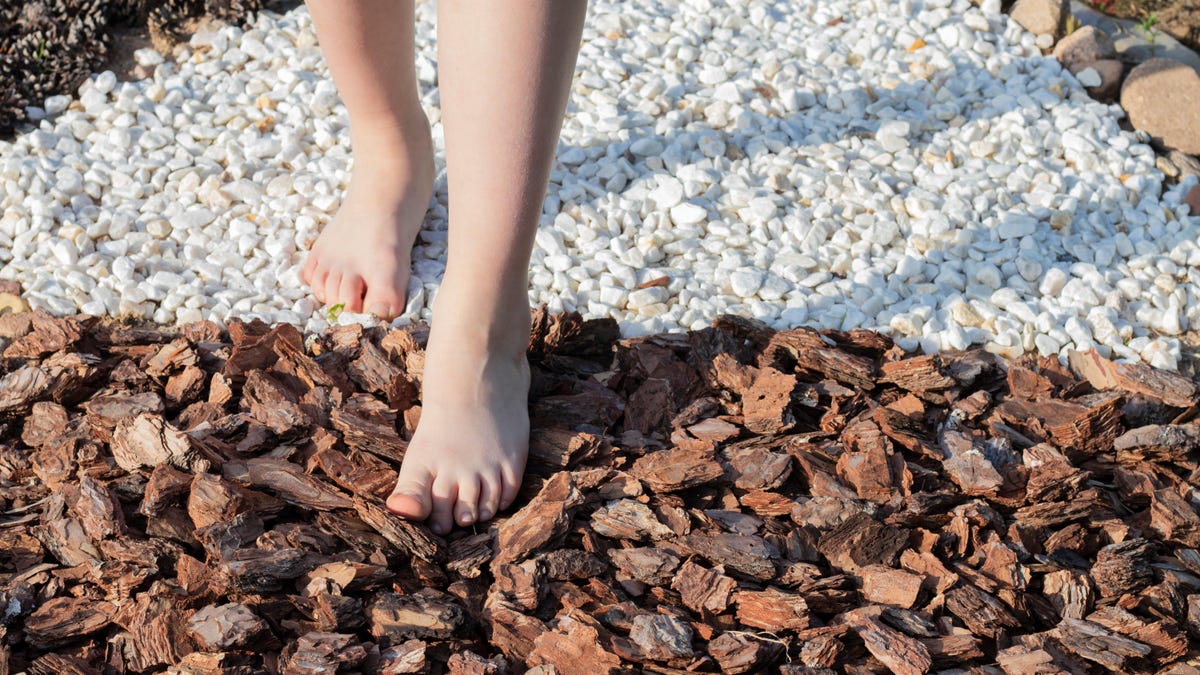Your Yard Needs a Sensory Garden Path

Sensory pathways are a popular feature in schools as they can engage children in a process that promotes focus and calmness. These are all things that many adults would be reminded of, so a sensory path in a garden doesn’t have to be just for kids. A sensory garden path can be a great feature for those who want to improve their mindfulness game, or who need a place to hide when they need help focusing and regaining emotional balance, and you can create one in your yard. Here are some tips to help you get started designing and installing your own sensory path.
What is a sensory path?
Sensory pathways, as their name suggests, must be designed to engage one or more specific senses and train skills or experience with those senses. Gardens naturally stimulate your visual perception, but the sensory pathway must also include touch, sound, and smell. Incorporating different textures or terrain types, using plants with different smells, and choosing materials that make different sounds when you walk on them are all good ideas for a sensory garden path.
First make your way
To plan your path, mark the area you want to walk through with bamboo stakes or rope . Once you have planned the shape, remove all vegetation from the area and level the soil. Cover the smoothed area with landscaping fabric and tie the fabric with garden stakes or landscaping staples to hold it in place.
Choose your paving stone
Now for the fun part: you can choose from a variety of different materials to create your path and border. A good mix of materials would be gravel, a few steps, a larger stone or sett, and round timber or planks of wood, with soil or sand to put in between.
Whatever you choose for your paving stone, make sure it offers a few different textures and makes different sounds when you walk on it. You can use brick or concrete paving stones, as well as natural textures – just remember to mix them.
Plan your progress
Divide your path into sections – consider drawing a hopscotch path – and place paving stones in each section. You can create sharp contrasts (transition from gravel to smooth paving stones) or choose a more gradual transition (from fine gravel to coarse gravel, and then finally to paving stones or bricks). Any arrangement that you find inspiring to your senses will work. Fill in the cracks with sand, gravel, moss , or creeping thyme to add more unusual textures and eliminate the danger of tripping, and your path is complete.
Add border
Along the edges of the path, add some plants that can touch your ankles, sway in the breeze, or add color. It’s a good idea to choose species that will stay where you plant them so you don’t have to constantly weed them out of the way. Reedgrass , growing in tufts, is a good option for texture, as are flowers such as acanthus and astilba due to their feathery qualities. Plants such as creeping thyme , lavender , and jasmine are good choices for fragrance. Add color by decorating the driveway with bulb flowers or any flowers you like that grow well in your area. As with planning your main path, keep diversity in mind when choosing edge plantings—variety is key to satisfying the sensory experience.